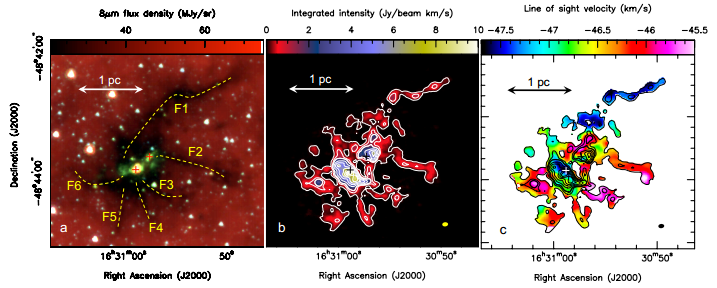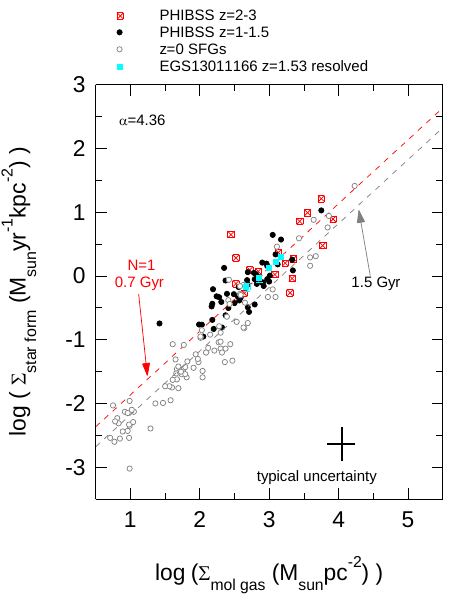The Topic: The Placebo Effect
The Guest: Kristi Erdal
The Episode: Download – iTunes – Stitcher – RSS – Soundcloud
How powerful is the placebo effect? After a good night’s sleep could a scientist convince you that you had tossed and turned, and if so, how would that affect your perceptions and behavior? What if a doctor told you that you had slept like a baby when in reality you had barely slept at all? Would hearing those words improve your performance on a difficult test?
In this episode we learn the answers to these questions and more as we explore how research continues to unravel the mysteries behind the placebo effect and how it can drastically alter our bodies and minds.
 Our guest is Kristi Erdal, a psychologist at Colorado College who discovered placebo sleep along with one of her students, Christina Draganich. Draganich wondered if such a thing might exist after reading all the literature on placebos, and Erdal helped her create the research methods she used to test her hypothesis. Erdal’s page at Colorado College can be found here.
Our guest is Kristi Erdal, a psychologist at Colorado College who discovered placebo sleep along with one of her students, Christina Draganich. Draganich wondered if such a thing might exist after reading all the literature on placebos, and Erdal helped her create the research methods she used to test her hypothesis. Erdal’s page at Colorado College can be found here.
After the interview, I discuss a news story about how important eccentricity is when it comes to evaluating an artist’s work.
In every episode, before I read a bit of self delusion news, I taste a cookie baked from a recipe sent in by a listener/reader. That listener/reader wins a signed copy of my new book, “You Are Now Less Dumb,” and I post the recipe on the YANSS Pinterest page. This episode’s winner is Natalie Sun who submitted a recipe for White Chocolate Oreo Cookies. Send your own recipes to david {at} youarenotsosmart.com.
Links and Sources
The Episode: Download – iTunes – Stitcher – RSS – Soundcloud
Steve Silberman’s Article About The Placebo Effect
Kristi Erdal’s Page at Colorado College
The Placebo Sleep Press Release
Eccentricity of Artists Article
Beecher’s Paper: The Powerful Placebo
Ben Goldacher Talks About the Placebo Effect
Daniel Keogh’s Video About the Placebo Effect

















